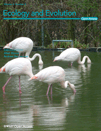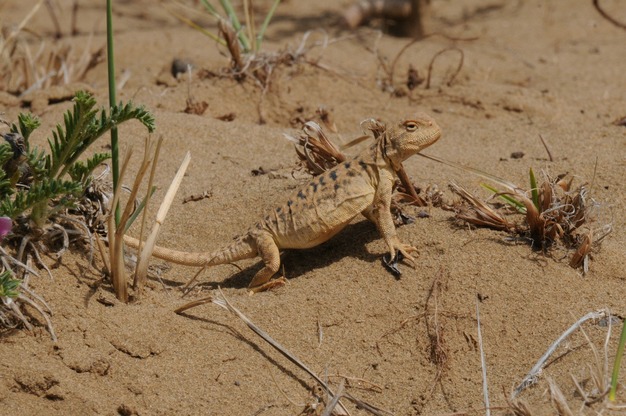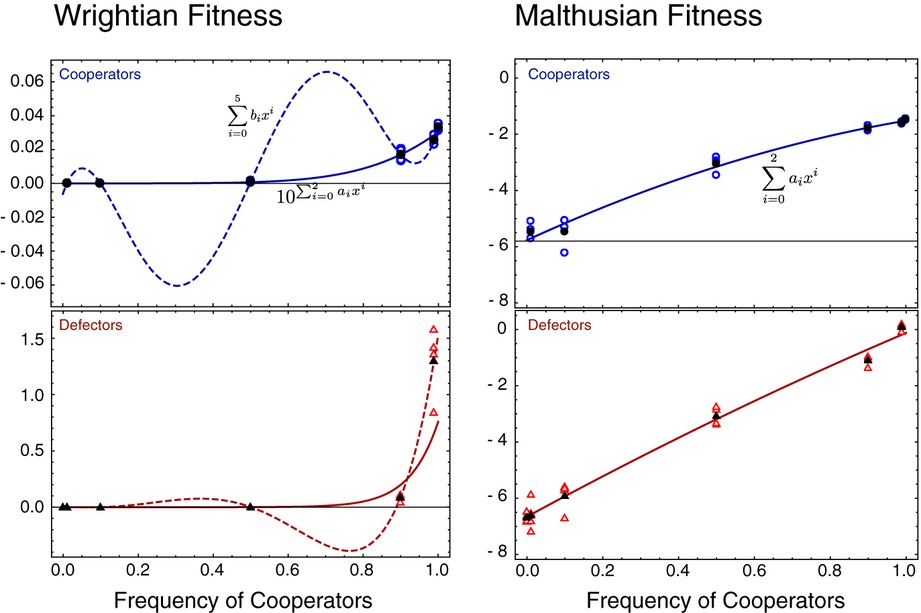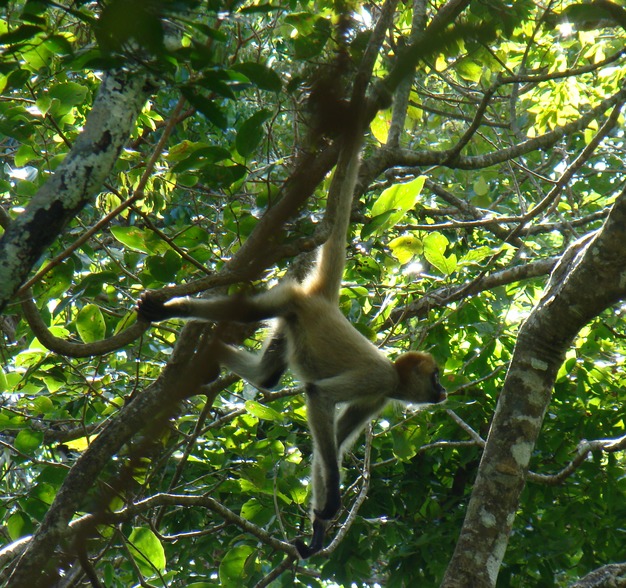Journal list menu
Export Citations
Download PDFs
Issue Information
Original Research
Mountain pine beetle selectivity in old-growth ponderosa pine forests, Montana, USA
- Pages: 1141-1148
- First Published: 13 March 2013
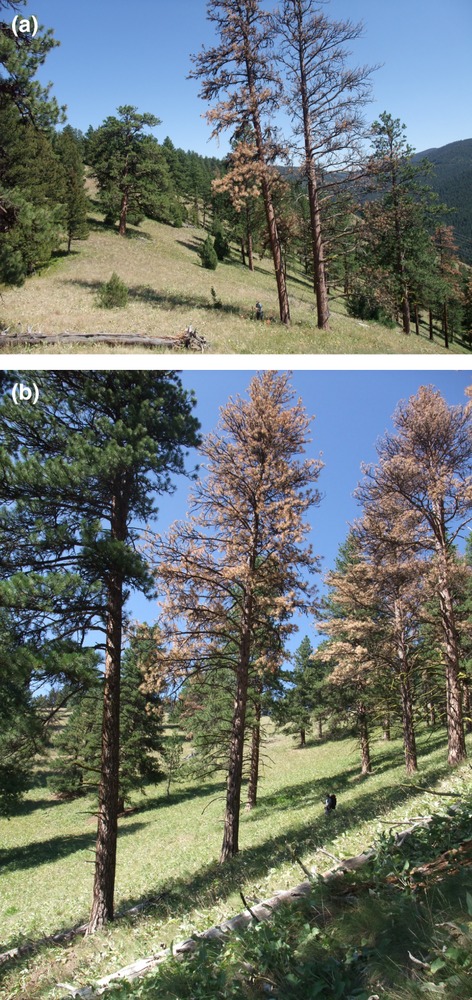
A historically unprecedented mountain pine beetle (MPB) outbreak affected western Montana during the past decade. We examine radial growth rates of visually healthy and MPB-infected adult ponderosa pine and compare growth rates, intrinsic water-use efficiency, and drought responses at two sites. Basal area increment (BAI) values within populations and between sites were similar until the last 20–30 years, at which point the visually healthy populations had consistently lower BAI values.
Differential physiological responses to environmental change promote woody shrub expansion
- Pages: 1149-1162
- First Published: 13 March 2013
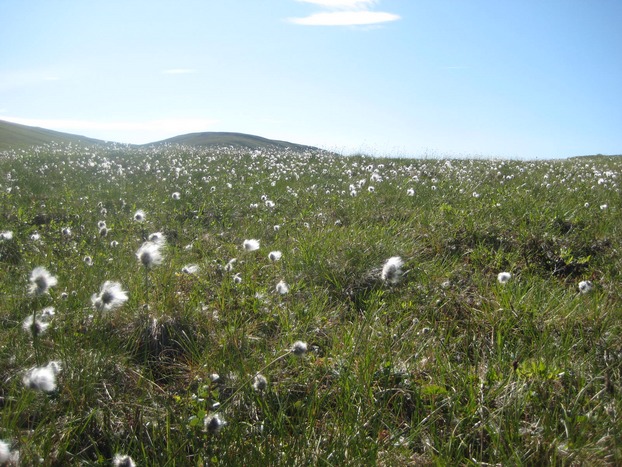
When considering the carbon reservoir of the Arctic tundra and its future fate, it is important to include estimates of leaf-level physiological responses of tundra species and how they may change under future predicted conditions. Here, we present the first ecologically meaningful estimates of respiration to consider the known inhibition of respiration caused by light from the well-studied, long-term global change experiment at Toolik Lake, Alaska. Our results suggest that different functional strategies under the individual treatments may allow for the continued encroachment and expansion of woody shrubs into the Arctic tundra as temperatures warm in this region, and this has significant implications for both biodiversity and carbon storage.
Response to multi-generational selection under elevated [CO2] in two temperature regimes suggests enhanced carbon assimilation and increased reproductive output in Brassica napus L.
- Pages: 1163-1172
- First Published: 15 March 2013
![Response to multi-generational selection under elevated [CO2] in two temperature regimes suggests enhanced carbon assimilation and increased reproductive output in Brassica napus L.](/cms/asset/6dfe3c85-4e61-403c-81ba-01aef763b987/ece3523-toc-0001-m.jpg)
A multi-generational study investigating phenotypic trajectories of selection at elevated [CO2] in two different temperature regimes revealed an increased overall aboveground biomass and higher reproductive output as a specific response of plants selected in high [CO2] environments. This accentuates the importance of phenotypic divergence across multiple generations in relation to our understanding of future ecosystem functioning.
Species-time-area and phylogenetic-time-area relationships in tropical tree communities
- Pages: 1173-1183
- First Published: 15 March 2013
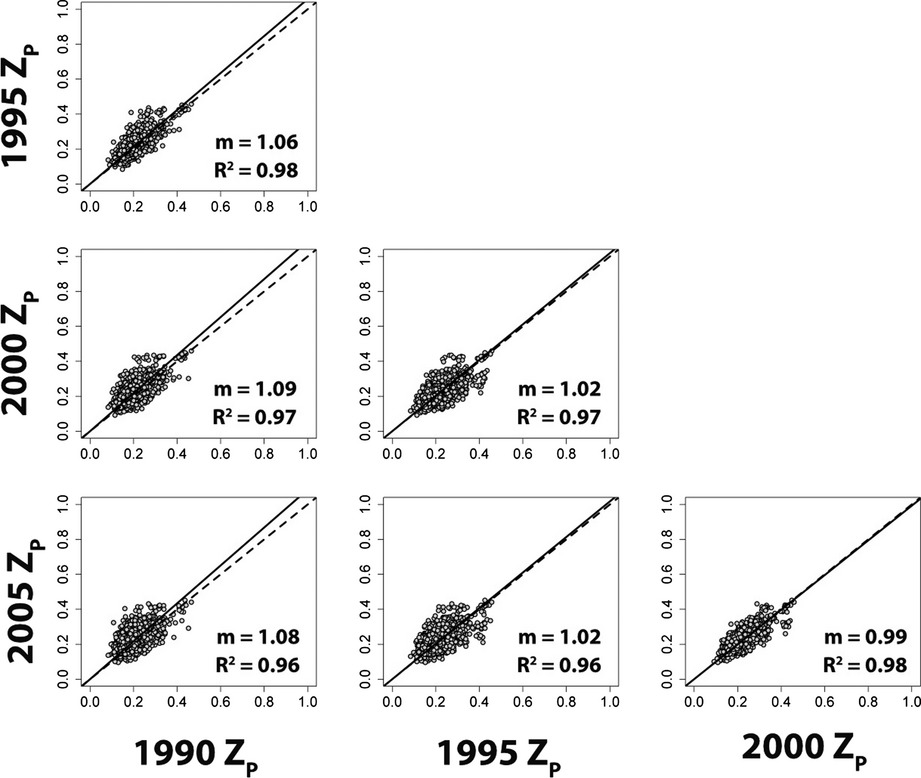
This work shows that the species-time area and phylogenetic-time area relationship frameworks are generalizable to diverse tropical tree communities. It also shows strong relationships between the species-area relationship (SAR) and species-time relationship (STR) scaling exponents and the phylogenetic-area relationship (PAR) and phylogenetic-time relationship (PTR) scaling exponents and suggests that it is possible to predict the temporal accumulation of species or phylogenetic diversity (e.g., STR or PTR) from the initial SAR or PAR of the two forests studied.
Anthropogenic extinction threats and future loss of evolutionary history in reef corals
- Pages: 1184-1193
- First Published: 18 March 2013
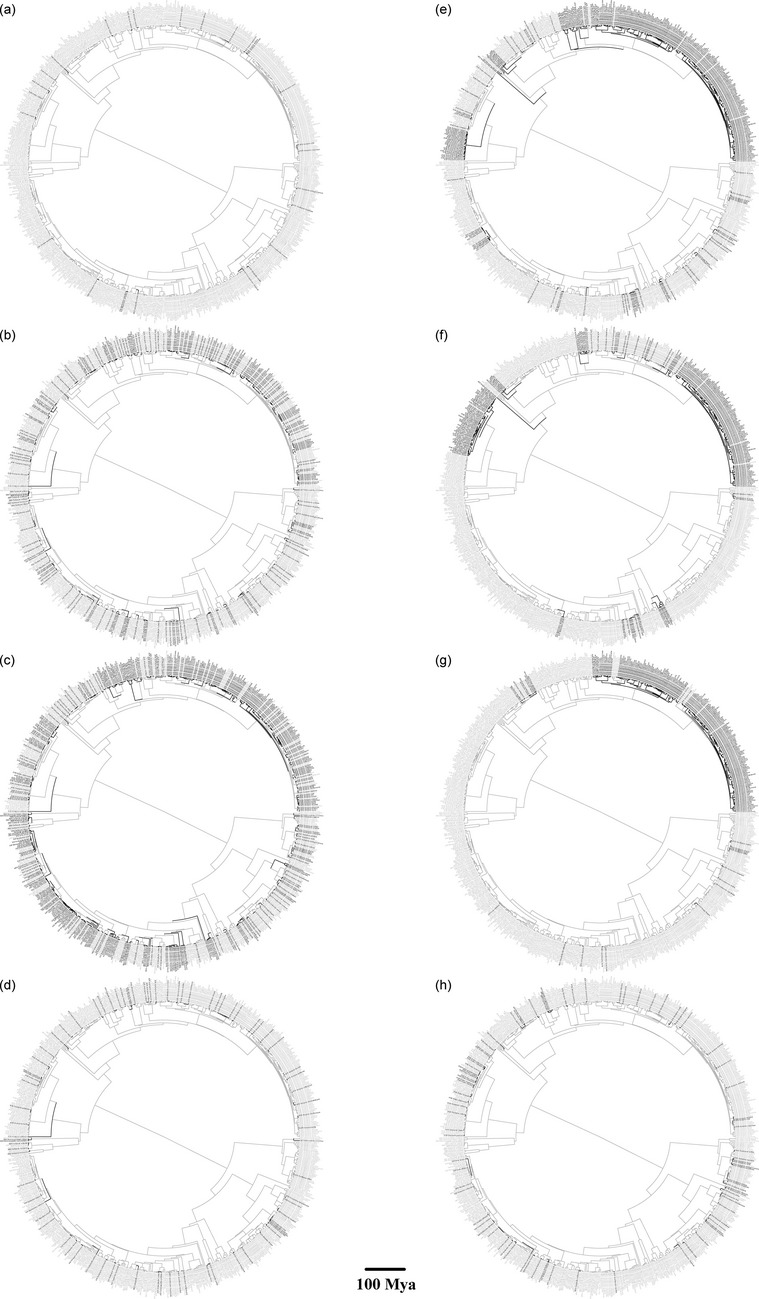
Using the first fossil-calibrated phylogeny of all living scleractinian reef corals, in conjunction with IUCN data on extinction vulnerabilities, we model how loss of species due to various threats can affect the future phylogenetic diversity of corals. Results reveal considerable variation in predicted loss of phylogenetic diversity across different threat categories that would be useful for setting conservation priorities.
Environmental associations with gene transcription in Babine Lake rainbow trout: evidence for local adaptation
- Pages: 1194-1208
- First Published: 19 March 2013
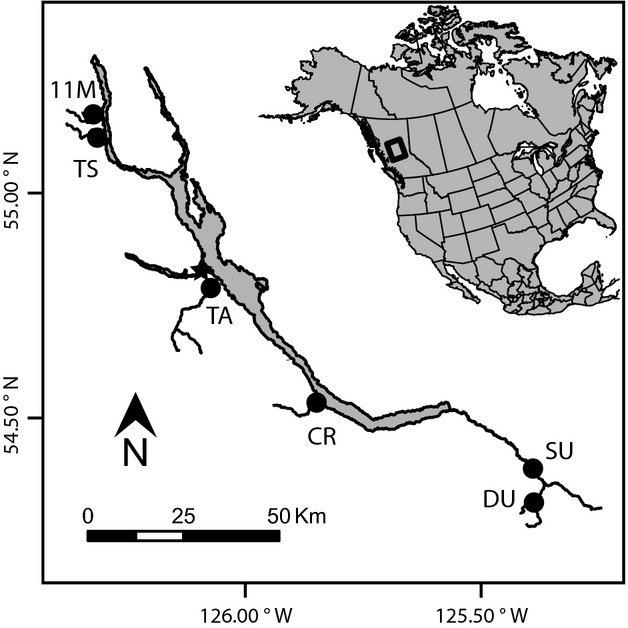
Gene transcription is a highly regulated step in the expression of a phenotype that has been implicated in the development of local adaptation. We assayed candidate gene transcription in wild juvenile rainbow trout and correlated transcription with temperature data and abundance of bacteria in the sampled streams. Co-inertia analysis demonstrated significant associations between metabolic gene transcription and thermal regime and cytokine gene transcription with relative abundances of bacteria. Our results indicate that local adaptation of Babine Lake rainbow trout is mediated by gene transcription.
Facing the crowd: intruder pressure, within-group competition, and the resolution of conflicts over group-membership
- Pages: 1209-1218
- First Published: 19 March 2013
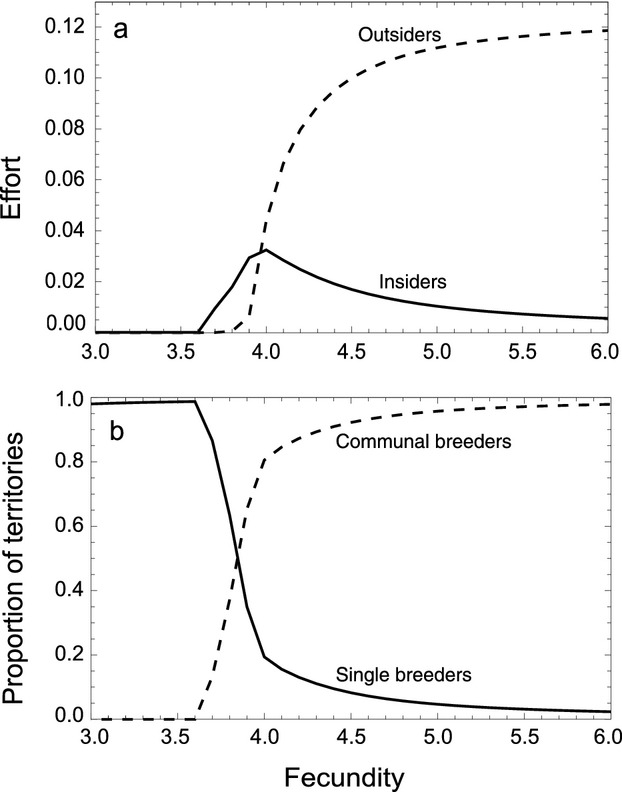
We model conflicts over group membership between established residents (insiders) and solitary floaters (outsiders) in a patch structured population. Our results show that whether or not groups form is mainly determined by demographic processes: If high per-group fecundity (relative to resident mortality) leads to a high degree of habitat saturation, territory defense becomes too costly, and groups form because insiders give in to the intruder pressure imposed on them by outsiders.
Genetic evidence for male-biased dispersal in the Qinghai toad-headed agamid Phrynocephalus vlangalii and its potential link to individual social interactions
- Pages: 1219-1230
- First Published: 20 March 2013
Mate choice for genetic compatibility in the house mouse
- Pages: 1231-1247
- First Published: 20 March 2013
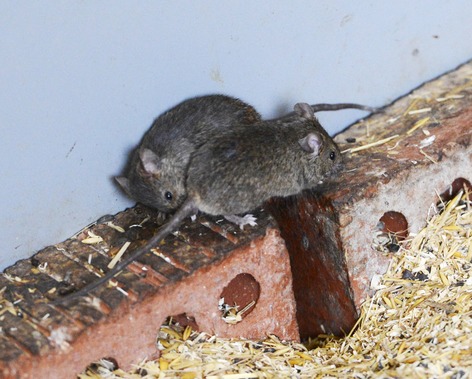
In wild house mice, a selfish genetic element called the t haplotype showed 90% drive and caused a 40% reduction in litter size through prenatal mortality in heterozygote crosses. Heterozygous females reduced the occurrence of such genetically incompatible fertilizations by preferring wild-type males in a free-living population, and through a fertilization bias in favor of + sperm in monogamous matings with heterozygote males in the laboratory. The mechanism underlying the apparent ability to discriminate between + and t is consistent with recognition of the unique MHC haplotype that we found to be linked to the t.
Ocean currents influence the genetic structure of an intertidal mollusc in southeastern Australia – implications for predicting the movement of passive dispersers across a marine biogeographic barrier
- Pages: 1248-1261
- First Published: 25 March 2013
Taxonome: a software package for linking biological species data
- Pages: 1262-1265
- First Published: 01 April 2013
Food stoichiometry affects the outcome of Daphnia–parasite interaction
- Pages: 1266-1275
- First Published: 02 April 2013
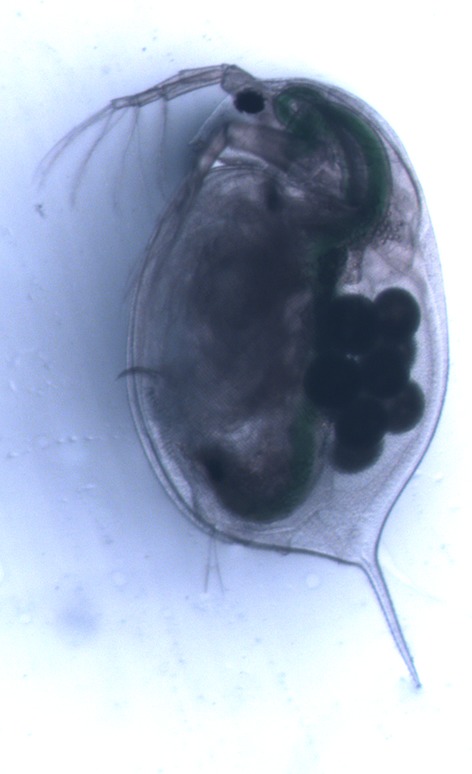
The effect of parasite on host life-history traits was studied under different host nutrient regimes using Daphnia magna-microparasite system. We demonstrated that the impact of nutrient starvation and parasite infection on consumers depends not only on the stoichiometric demands of host but also those of the parasite.
Interpretations arising from Wrightian and Malthusian fitness under strong frequency dependent selection
- Pages: 1276-1280
- First Published: 03 April 2013
Community composition of root-associated fungi in a Quercus-dominated temperate forest: “codominance” of mycorrhizal and root-endophytic fungi
- Pages: 1281-1293
- First Published: 05 April 2013
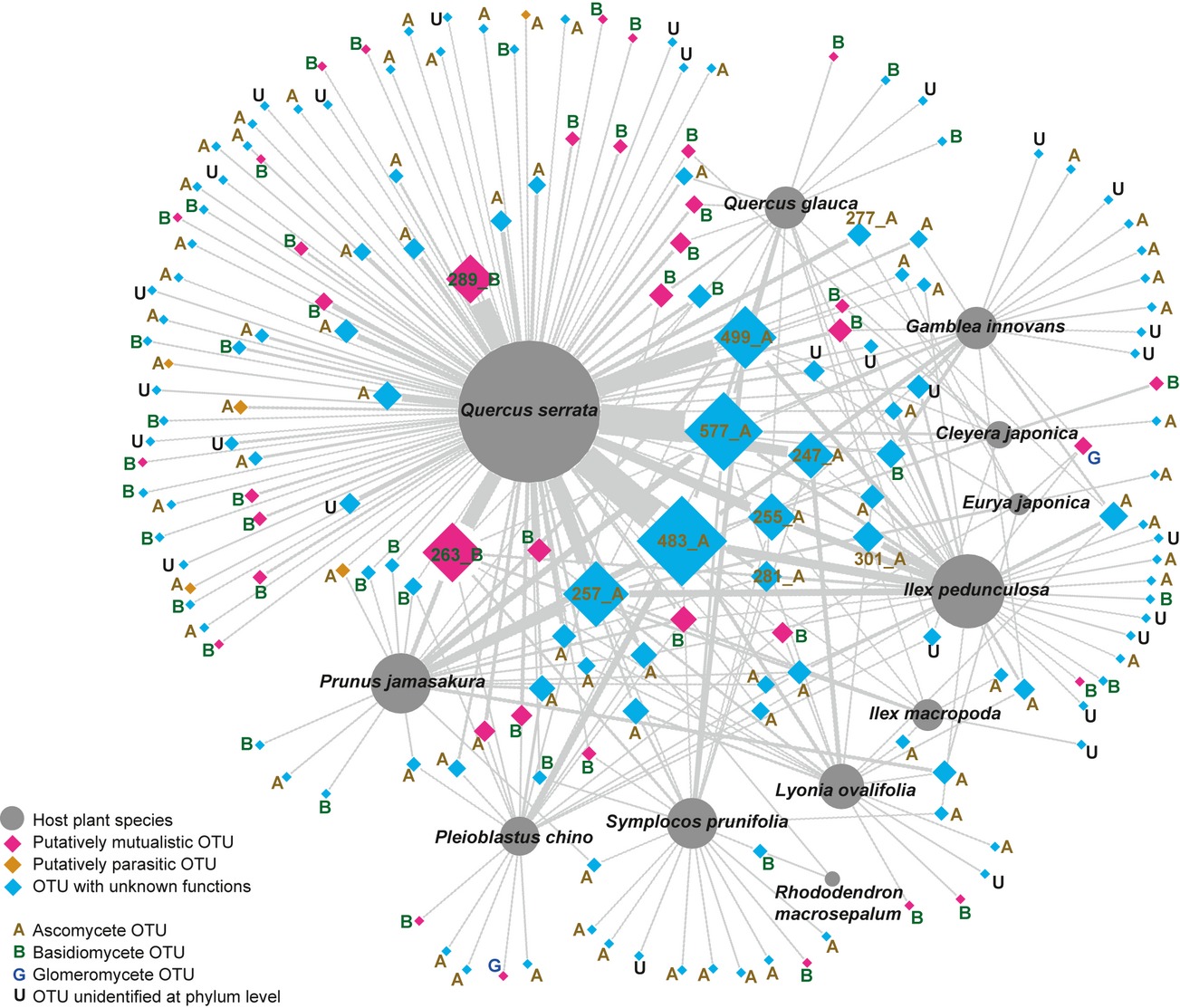
In terrestrial ecosystems, plant roots are colonized by various clades of mycorrhizal and endophytic fungi. Focused on the root systems of an oak-dominated temperate forest in Japan, we used 454 pyrosequencing to explore how phylogenetically diverse fungi constitute an ecological community of multiple ecotypes. This study revealed that root-associated fungal communities of oak-dominated temperate forests were dominated not only by ectomycorrhizal fungi but also by diverse root endophytes and that potential ecological interactions between the two ecotypes may be important to understand the complex assembly processes of belowground fungal communities.
Using pedigree reconstruction to estimate population size: genotypes are more than individually unique marks
- Pages: 1294-1304
- First Published: 08 April 2013
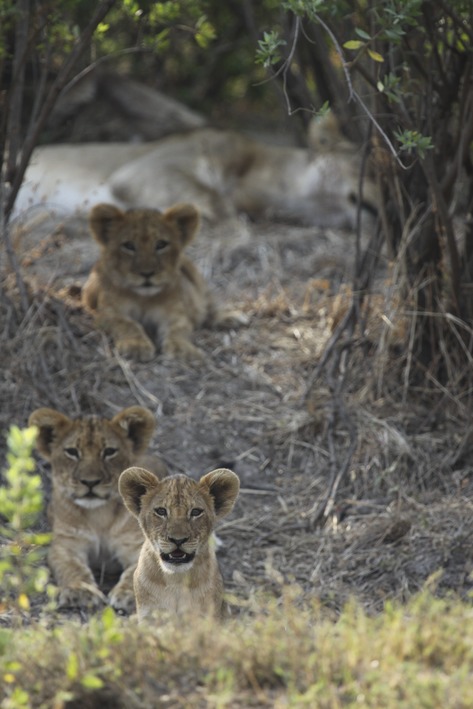
The size of a population is one of the most basic and critical pieces of information for conservation and management but population size is difficult to measure for many species. Methods exist to estimate population size using genotypes from noninvasive samples, but these methods treat genotypes as simple markers that identify individuals. A set of genotypes contains more information than this and simulation shows that taking advantage of the information that genotypes provide about relationships between individuals can improve estimates of population size.
Caterpillars selected for large body size and short development time are more susceptible to oxygen-related stress
- Pages: 1305-1316
- First Published: 08 April 2013
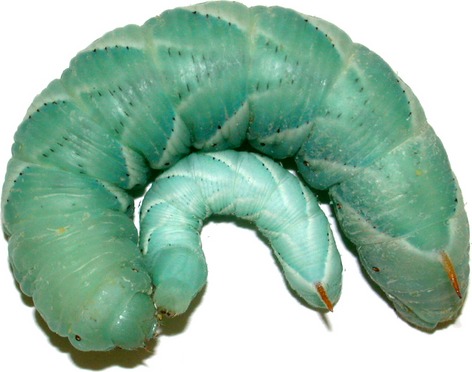
We tested the response of Manduca sexta (Sphingidae) lines selected for large or small body size and short development time to hypoxia (10 kPa) and hyperoxia (25, 33, and 40 kPa). Individuals from the big-fast line exhibited greater negative responses to hyperoxia with greater reductions in juvenile and adult mass, growth rate and survival than the other two lines. These results are consistent with the hypothesis that simultaneous acquisition of large body sizes and short development times leads to reduced and more variable capacities for coping with stressful conditions.
The distribution of the thermally tolerant symbiont lineage (Symbiodinium clade D) in corals from Hawaii: correlations with host and the history of ocean thermal stress
- Pages: 1317-1329
- First Published: 09 April 2013

Corals form mutualistic symbioses with photosynthetic dinoflagellates belonging to the genus Symbiodinium. In this study, we show that the history of ocean thermal stress influences the community of Symbiodinium in corals, but this influence is host specific. Our results shed light on the differential response of corals to a changing ocean environment.
An in situ approach to detect tree root ecology: linking ground-penetrating radar imaging to isotope-derived water acquisition zones
- Pages: 1330-1339
- First Published: 10 April 2013

Tree root distribution and activity are important determinants of belowground competition, particularly across edaphic conditions. We tested a nondestructive approach to determine a tree crop (Theobroma cacao) coarse root structure using ground-penetrating radar and root activity via soil water acquisition using isotopic matching of δ18O plant and soil signatures. To further answer root ecology questions in various tree-based landscapes, this study successfully demonstrates a new technique for in situ root studies that moves beyond invasive point sampling to nondestructive detection of root structure and function.
Managing diversity: Domestication and gene flow in Stenocereus stellatus Riccob. (Cactaceae) in Mexico
- Pages: 1340-1355
- First Published: 11 April 2013
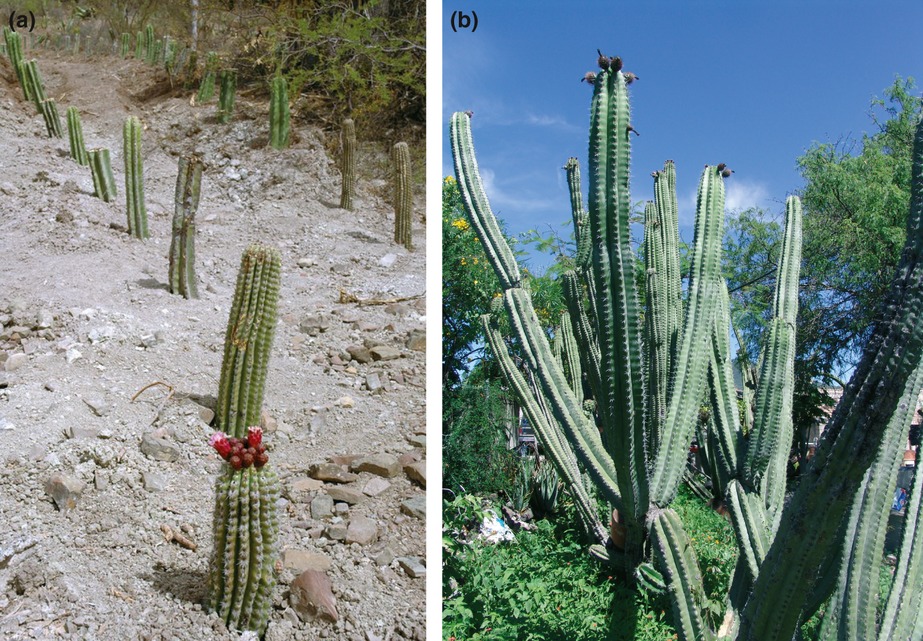
Microsatellite markers (N = 5) were developed for analysis of genetic variation in 15 populations of the columnar cactus Stenocereus stellatus used or managed under traditional agriculture practices in central Mexico. Coupled with the absence of significant bottlenecks, this suggests genetic diversity in managed populations is promoted through long-distance gene exchange. Cultivation of S. stellatus in close proximity to wild populations has led to complex patterns of genetic variation across the landscape that reflects the interaction of natural and cultural processes.
Climate change impact on seaweed meadow distribution in the North Atlantic rocky intertidal
- Pages: 1356-1373
- First Published: 12 April 2013
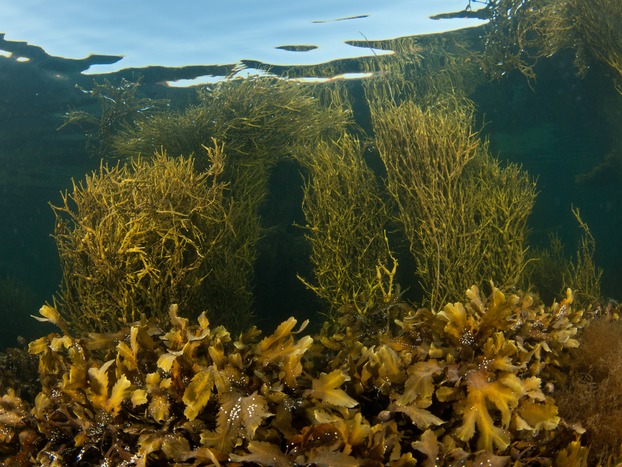
Climate change scenarios predict sea surface temperature isotherms in the N-Atlantic to shift up to 600 km northwards by the end of the 21st century. Based on Ecological Niche Models, we predict the impact of climate change over the coming two centuries on the distribution of three foundational, macroalgal species that occur along N-Atlantic shores: Fucus serratus, Fucus vesiculosus and Ascophyllum nodosum. Model predictions suggest that Arctic shores will become suitable for all three species but that the species will lose suitable habitat in the southern temperate provinces which can trigger an unpredictable shift in the N-Atlantic intertidal ecosystem.
Eco-evolutionary responses of Bromus tectorum to climate change: implications for biological invasions
- Pages: 1374-1387
- First Published: 12 April 2013

Climate change is one of the most critical environmental challenges of the 21st century and several lines of evidence suggest that climate change may benefit nonnative plants more than native plants. With a field warming experiment at two sites in southeastern Utah, we assessed how phenology, biomass, and reproduction of an invasive grass Bromus tectorum responded to 4 years of warming and with a follow-up greenhouse experiment, tested whether changes we saw under field experimental conditions influenced offspring performance.
Population genetic patterns among social groups of the endangered Central American spider monkey (Ateles geoffroyi) in a human-dominated landscape
- Pages: 1388-1399
- First Published: 12 April 2013
Invasion genetics of vendace (Coregonus albula (L.)) in the Inari-Pasvik watercourse: revealing the origin and expansion pattern of a rapid colonization event
- Pages: 1400-1412
- First Published: 12 April 2013
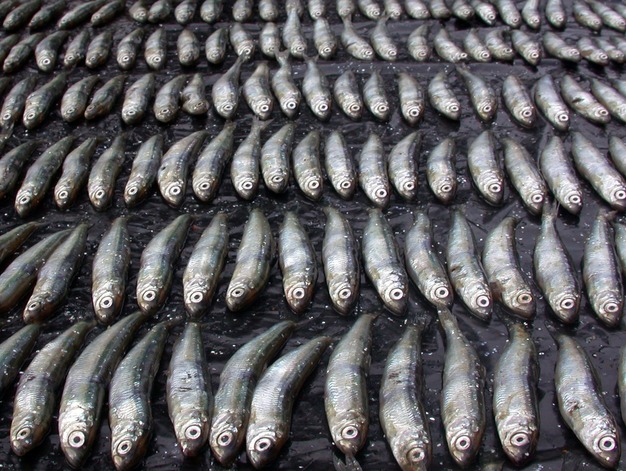
Severe ecological consequences have been documented following the rapid invasion of vendace (Coregonus albula) in a major northern European subarctic ecosystem. We showed that repeated translocation of vendace in 1964–1966 most likely founded the invasion and that the secondary expansion follows a stepping stone pattern. The results also reveal rapid genetic divergence among the colonist populations. Multiple introductions and substantial genetic variation in combination with the boom-and-bust population development of the species thus likely counteracted the founder effects as well as fueled the rapid establishment and expansion of this species within the Inari-Pasvik watercourse.
Non-linear feeding functional responses in the Greater Flamingo (Phoenicopterus roseus) predict immediate negative impact of wetland degradation on this flagship species
- Pages: 1413-1425
- First Published: 12 April 2013
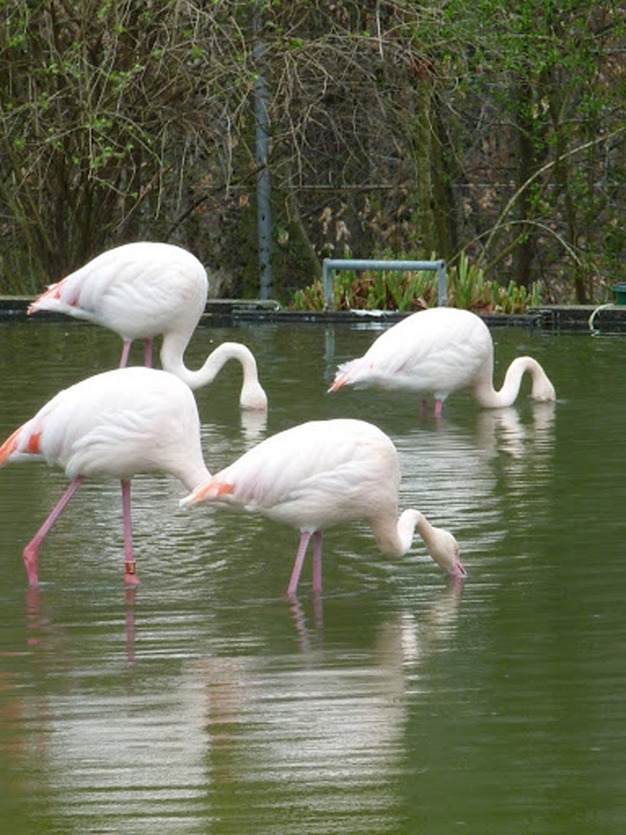
Feeding functional responses have been measured on the Greater Flamingo (Phoenicopterus roseus) feeding on Artemia, Chironomids larvae and rice. We found that contrary to theoretical predictions for filter feeders, intake rates did not increase linearly with increasing food density. These findings allows us to predict an immediate negative effect of any decrease in prey density upon flamingo foraging performance.




